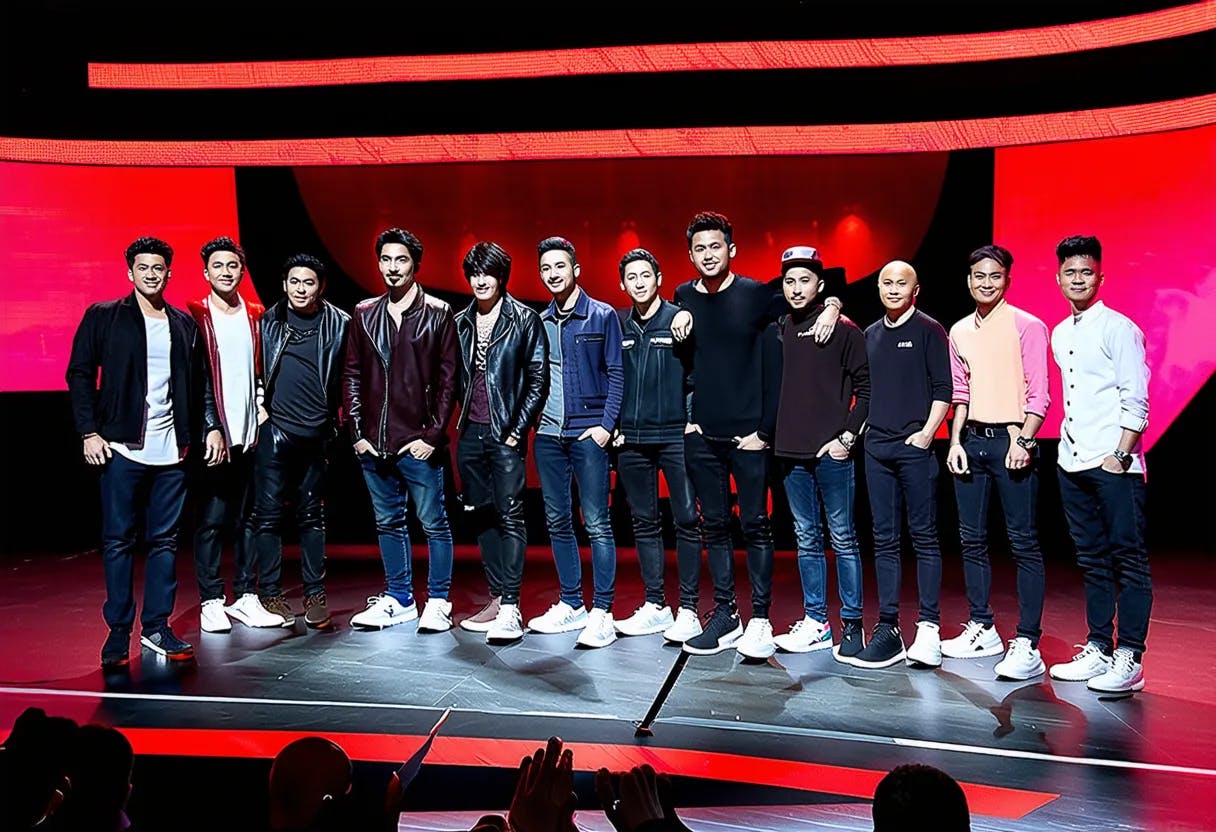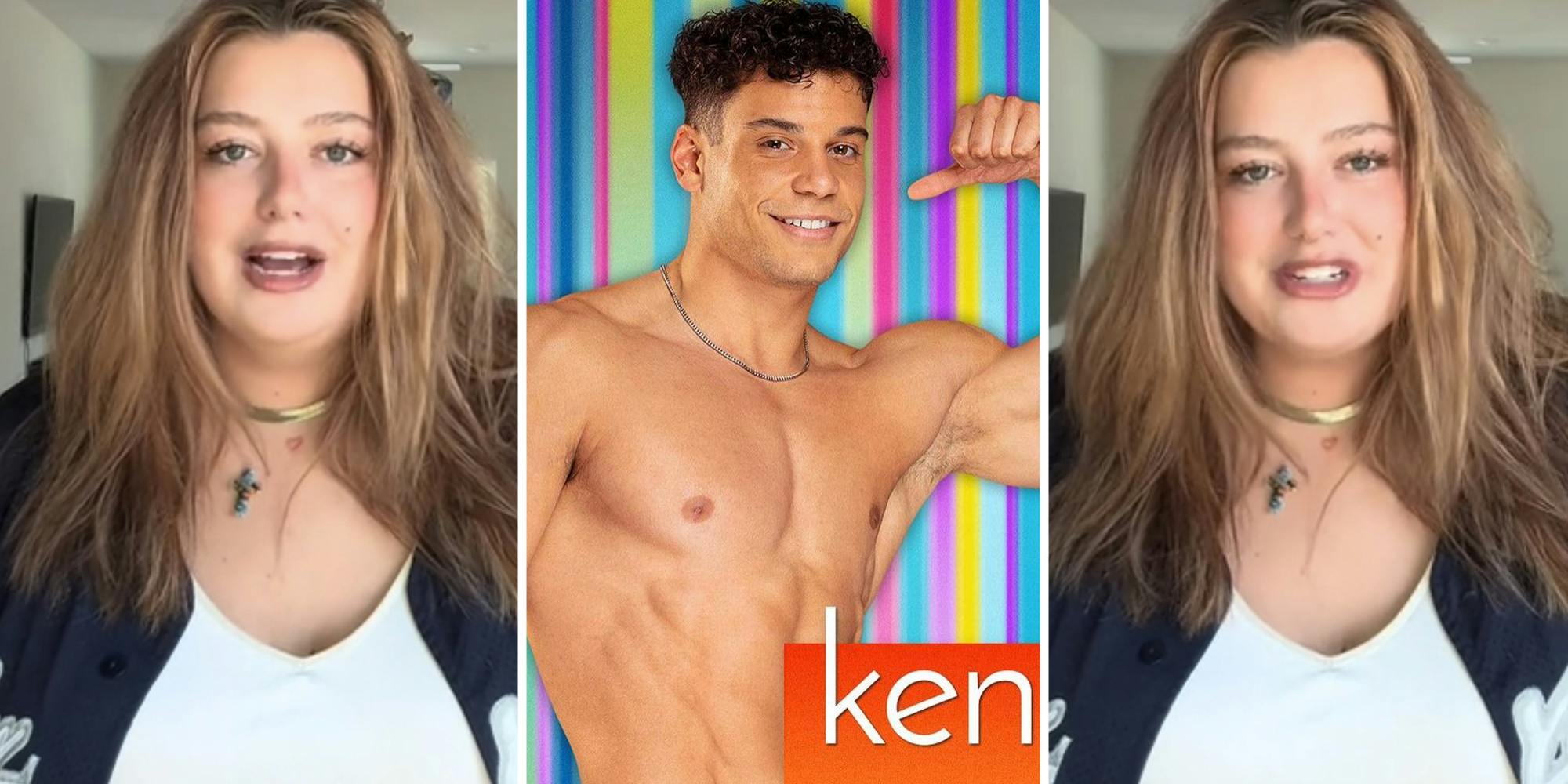Blind auditions on “The Voice” reveal gender discrimination in recruitment processes

Author:
(1) Anuar Assamidanov, Department of Economics, Claremont Graduate University, 150 E 10th St, Claremont, CA 91711. (E-mail: (email protected)).
Link table
Abstract
background
Data
methodology
Results
Discussion and conclusion and references
A Appendix Tables and Figures
1. Background
An international televised singing competition originally created by Dutch television producer John de Mol and singer Roel van Velzen. 145 countries have adopted the format and broadcast their versions since 2010. The show’s format includes five stages of competition: producers’ auditions, blind auditions, battle rounds, knockouts (since 2012) and live performance shows.
Each season, there is a panel of four coaches who judge the artists’ performances and lead their teams of selected artists through the rest of the season. They also compete to have their performance win the competition, making them the winning coach. While these limitations mean that the assignment of coaches to each season is not literally random, the more relevant claim for this research design is a completely arbitrary assignment of coaches to artists.
Each season begins with the “blind auditions,” where coaches form their team of artists that they will mentor for the rest of the season. Coaches’ chairs face the audience during the artists’ performances; those who are interested in an artist press their button, which turns their chair toward the artist and illuminates the bottom of the chair to read “I want you.” Each coach has the duration of the auditionee’s performance (about one minute) to decide if he or she wants that singer on his or her team; if two or more coaches want the same singer (which happens frequently), the singer has the coach’s final choice. After the performance, an artist is either assigned by default to the only coach who turned around, or chooses the coach if more than one coach expresses interest. Coaches not seeing the artists is a situation in which coaches’ encounters have been shown to be exogenous to the artists’ performances (White, 2022).


